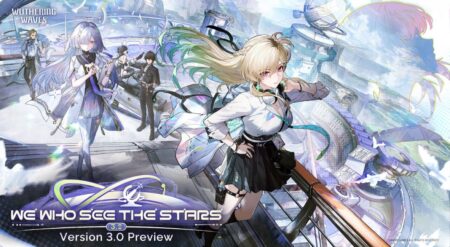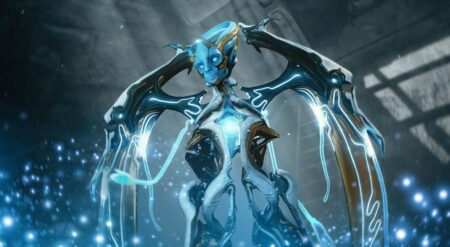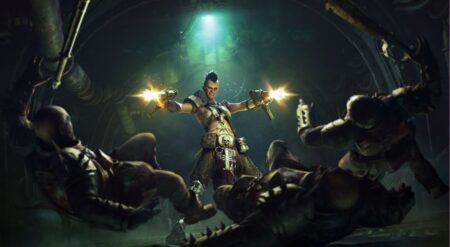Capcom came to Gamescom 2025 with three very different slices of its future. A resurrected classic, a brand-new sci-fi gamble, and the next step in one of gaming’s most storied horror franchises. On paper, that lineup alone shows Capcom’s confidence. In practice, each 20-minute hands-on demo told a slightly different story about why these games exist, who they’re for, and how Capcom sees itself moving forward.
Onimusha: Way of the Sword

The return of Onimusha isn’t just about dusting off a name that once sat alongside Devil May Cry in Capcom’s early-2000s golden era. It’s about answering a fanbase that’s been waiting twenty years to see samurai action-horror return in modern form.
First launched in 2001 with Onimusha: Warlords, the series built its identity on blending historical Japan with supernatural horror, before expanding across sequels and even into modern-day Paris with Onimusha 3. After 2006’s Dawn of Dreams, though, it went quiet, surviving mainly through fan demand, a 2019 remaster, and a Netflix animation. Onimusha: Way of the Sword is the first mainline entry in nearly twenty years, set in Edo-era Kyoto and centered on Miyamoto Musashi, a revival that feels less like a continuation than a re-forging.

The combat is the highlight. The parry system might be the best I’ve felt in this genre: a deliberate break from the dodge-roll-then-parry formula that has become standard. Every fight feels like a real duel, with timing and spacing that matter as much as raw damage output. The AI makes that work by mixing up its patterns — enough telegraphing to be fair, but never so predictable that you can coast through. Bosses hit hard, and losing means actually learning, not just memorizing.
For those who want to keep things focused on the long-running saga, story mode makes room to experience the narrative without getting stonewalled by difficulty. For those who lean into challenge, though, the systems push you to play sharper, rewarding precision and patience in ways that make every victory satisfying.
The demo didn’t give much on progression systems, but it didn’t need to. What matters is how it feels, and it feels sharp. For veterans, it’s a faithful continuation; for newcomers, there are twenty years of games and even an anime to get caught up with, but the genre fundamentals alone make this worth attention. With the RE Engine giving feudal Japan a next-gen sheen, Capcom isn’t just reviving Onimusha, it’s re-forging it.
PRAGMATA

Capcom hasn’t launched an entirely new AAA IP in years, and PRAGMATA fills that gap with a bold swing. After multiple delays and rumors that it might quietly vanish, PRAGMATA finally feels real. It plays like a studio testing itself: can Capcom build a world beyond horror and fighters that still holds up mechanically and narratively?
The setup leans on the reluctant father trope, with Strand protecting Diana, a robot girl with immense powers. But the real hook is the combat system. It’s not just about shooting — every encounter forces you into quick puzzle-like inputs to unlock damage boosts, layering Diana’s abilities on top of traditional gunplay. It’s different, it’s demanding, and it feels fun.
The demo only showed the cinematic intro and first mission, but it was enough to see the ceiling. Dual-character gameplay, varied weapons, and a moody lunar setting add up to something with serious potential. For me, it stood out less because of the trope and more because of the freshness it brings to sci-fi combat. PRAGMATA doesn’t just widen Capcom’s portfolio; it shows a willingness to push into spaces where it hasn’t played before.
Resident Evil Requiem

After Village pushed Resident Evil further into action-horror, Resident Evil Requiem pulls the series back toward the vulnerability that made it iconic. It matters because it’s not just RE9 in name, it’s a 30th anniversary marker, a chance for Capcom to both honor the franchise’s legacy and set a tone for its future.
Grace Ashcroft is a big deal. She’s a new protagonist with ties to the storied franchise’s history, but more importantly, she’s not a super-soldier or mercenary. In the demo, she’s just trying to survive. And that survival is terrifying. The first section is a cat-and-mouse chase with a monstrous grandmother figure. There’s no shotgun to rely on, just stealth, puzzle-solving, and the environment itself.

What really worked for me was how helpless you feel. Switching between first-person and third-person gives two flavors of fear: the claustrophobic immediacy of first-person, or the third-person view that emphasizes Grace’s fragility as she stumbles and panics. Light plays a big role, both in gameplay and atmosphere, hinting at deeper story themes.
The puzzles, physics, and lighting are all rock solid. It looks and feels like next-gen Resident Evil. If you were hoping for a return to tighter, scarier horror, this is it. Requiem proves that Capcom can still evolve Resident Evil without losing what made it resonate in the first place.
Capcom’s Gamescom lineup didn’t just show three games: it showed three identities. Onimusha: Way of the Sword is legacy sharpened, a nod to the fans who never let the franchise die. PRAGMATA is ambitious, proof that Capcom still wants to break new ground. Resident Evil Requiem is a foundation, a reminder of the studio’s mastery of horror and why the series has endured.
Each demo was brief, but together they painted a picture of a publisher confident enough to honor its past, risk its present, and solidify its future. Fans walking the floor at Gamescom can see that same vision firsthand at Capcom’s booth, and if this is where the company is heading into 2026, it’s a good place to be.







